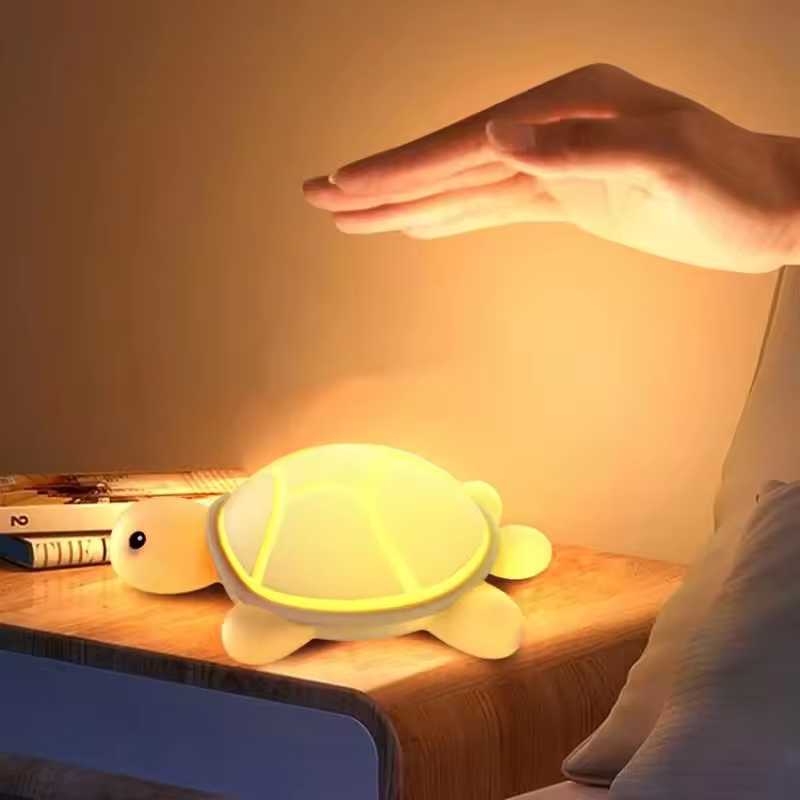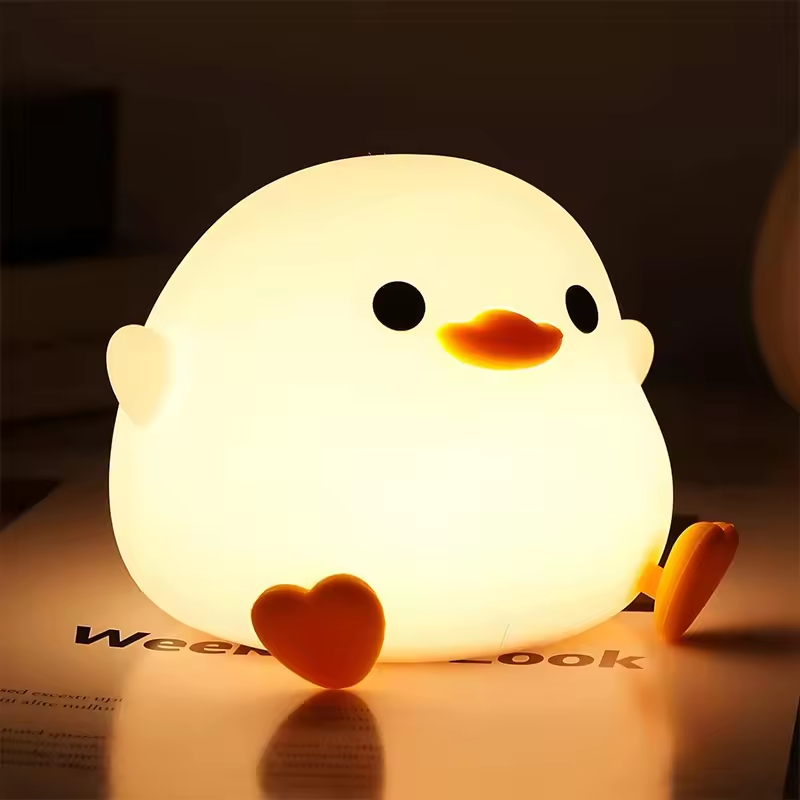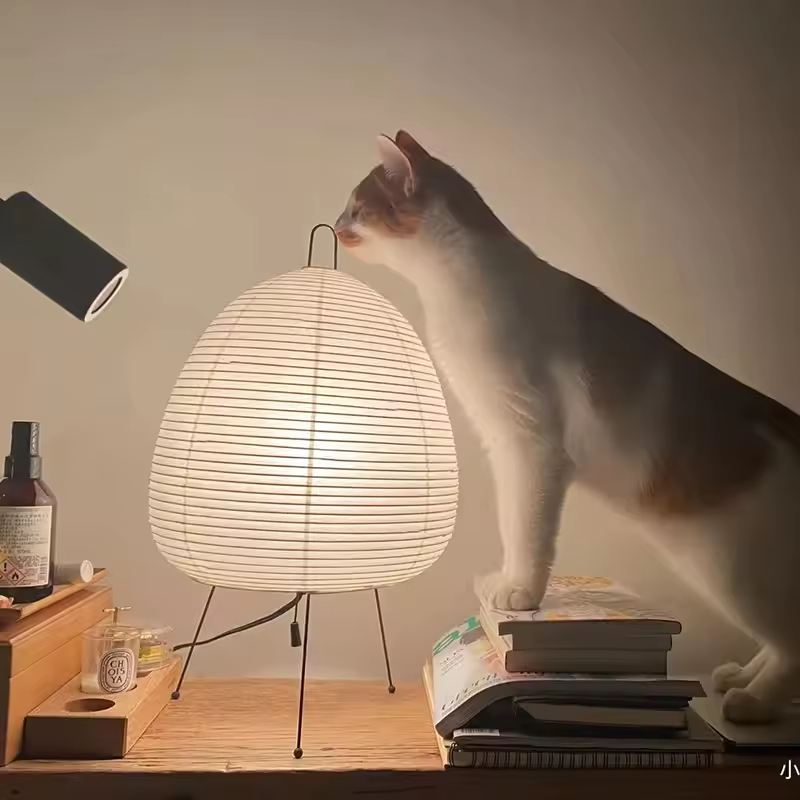LED ceiling lights are known for their energy efficiency and long lifespan. However, like any electrical appliance, they can sometimes encounter issues. One common problem is when the LED ceiling light has power but isn’t working. This comprehensive guide will walk you through diagnosing and troubleshooting the issue.
 Why LED Ceiling Lights Matter
Why LED Ceiling Lights Matter
Before diving into troubleshooting, it’s essential to understand why LED ceiling lights are crucial for modern homes:
Energy Efficiency
Low Consumption: LEDs consume significantly less power than traditional incandescent or fluorescent lights, resulting in lower electricity bills.
Reduced Heat: LEDs generate less heat, making them safer and more efficient in the long term.
Longevity
Long Lifespan: LEDs can last up to 25,000 hours or more, reducing the need for frequent replacements.
Durable: They are more resistant to shocks and vibrations, making them durable and reliable.
Environmental Benefits
Eco-Friendly: LEDs don’t contain hazardous materials like mercury, making them safer for the environment.
Reduced Emissions: Lower energy consumption leads to reduced greenhouse gas emissions.
 Initial Checks to Perform
Initial Checks to Perform
Before diving into more complex troubleshooting, perform these initial checks to rule out common and simple issues:
Verify Power Supply
Circuit Breaker: Ensure the circuit breaker hasn’t tripped. If it has, reset it and see if the light works.
Switch: Check if the wall switch is functioning correctly. Sometimes, the problem lies with the switch rather than the light itself.
Connections: Confirm that all connections are secure and that there are no loose wires in the switch or the light fixture.
Inspect the Bulb
Compatible Bulb: Make sure the bulb is compatible with the fixture. Not all LED bulbs fit all fixtures.
Tighten the Bulb: Sometimes, the bulb can become loose. Tightening it may resolve the issue.
Replace the Bulb: Swap the current LED bulb with a new one to see if that fixes the problem. This helps determine if the issue lies with the bulb itself.
 Advanced Troubleshooting Steps
Advanced Troubleshooting Steps
If the initial checks don’t resolve the issue, it’s time to dig deeper:
Check for Overheating
Overheating Prevention: LEDs can sometimes overheat if the fixture or the environment lacks proper ventilation. An overheated LED may stop working temporarily or permanently.
Cooling System: Ensure the fixture’s cooling system (like heat sinks or ventilation slots) is not blocked.
Temperature Conditions: Check the ambient temperature in the room. Extreme temperatures can affect LED performance.
Test the Driver
Function of the Driver: LED lights often use a driver to regulate power. If the driver fails, the light won’t function even if there’s power.
Testing: Use a multimeter to check the driver’s output voltage. Compare it with the specifications. If it’s outside the range, the driver may be faulty.
Replace the Driver: If the driver is faulty, replace it with a new one that matches the specifications of your LED light.
 Examine the Wiring
Examine the Wiring
Look for Damage: Inspect the wiring for signs of wear, fraying, or damage. Damaged wires can interrupt the power flow.
Secure Connections: Ensure all wire connections are tight and secure. Loose wires can cause intermittent power loss.
Test Continuity: Use a multimeter to test for continuity in the wiring. Any breaks in continuity indicate a problem that needs fixing.
Address Other Potential Issues
If the light still doesn’t work after performing the advanced troubleshooting steps, there are a few more areas to consider:
Capacitor Issues
Role of the Capacitor: Capacitors help manage power flow in LED lights. A damaged capacitor can result in the light not turning on.
Visual Inspection: Check the capacitors for any visible signs of damage or bulging.
Replace If Necessary: If a capacitor looks damaged, consider replacing it. Ensure you use a capacitor with the same specifications.
Check for Short Circuits
Sign of Short Circuit: A short circuit can prevent the LED light from working despite having power.
Testing: Use a multimeter to check for short circuits in the fixture. If you find one, you’ll need to isolate and fix the faulty wiring.
Preventative Measures and Maintenance
To ensure the longevity and consistent performance of your LED ceiling light, regular maintenance and some preventative measures can be very useful:
Clean the Fixture
Regular Cleaning: Dust and debris can accumulate and potentially block ventilation, causing overheating issues. Clean the fixture regularly with a dry cloth.
Check for Insects: Insects can sometimes get inside the fixture, blocking components or causing damage. Ensure the fixture is clean inside and out.
Regular Inspections
Routine Checks: Periodically inspect all connections, the driver, and the LED bulb. Look for signs of wear and tear that might need attention.
Test the Switch: Regularly test the wall switch to ensure it’s delivering power properly. Replace it if you notice any irregularities.
Proper Installation
Use Compatible Parts: Always use components that are compatible with your fixture—this includes bulbs, drivers, and capacitors.
Ventilation: Ensure the fixture is installed in a location with adequate ventilation to prevent overheating.
When to Call a Professional
While many people can troubleshoot and fix LED ceiling light issues on their own, some situations warrant professional help:
Electrical Expertise Required
Complex Wiring: If the wiring is complex or you are not comfortable working with electrical systems, it’s safer to call a professional electrician.
Recurrent Issues: If you fix the problem but the light keeps failing, there may be an underlying issue that needs expert diagnosis.
Warranty Concerns
Manufacturer’s Warranty: If your LED light is still under warranty, consult the manufacturer before attempting any fixes. Performing repairs yourself may void the warranty.
 Common Misconceptions About LED Lights
Common Misconceptions About LED Lights
Understanding common misconceptions about LED lights can help in troubleshooting and avoiding unnecessary replacements:
LEDs Last Forever
Truth: While LED lights have a long lifespan, they don’t last forever. Components like drivers and capacitors can fail over time.
LEDs Don’t Generate Heat
Truth: LEDs generate less heat compared to traditional bulbs, but they still produce heat that needs to be managed. Overheating can cause LEDs to fail.
All LED Bulbs Are the Same
Truth: Not all LED bulbs are created equal. Ensure you purchase high-quality bulbs compatible with your fixtures to avoid issues.
The Importance of Correct Installation
Proper installation is crucial for the optimal performance of your LED ceiling light. Here are some tips:
Follow Manufacturer Instructions
Detailed Guidelines: Always follow the installation instructions provided by the manufacturer to ensure proper setup and avoid damaging the fixture.
Secure Mounting
Stable Installation: Make sure the fixture is securely mounted to avoid any shaking or movement that could damage the internal components.
Proper Voltage
Check Compatibility: Ensure the electrical supply matches the voltage rating of the LED light. Incorrect voltage can cause the light to malfunction or fail.
Conclusion
The led ceiling light not working but has power
Troubleshooting an LED ceiling light that has power but isn’t working involves a systematic approach. Start with simple checks, such as verifying the power supply and inspecting the bulb. If these steps don’t resolve the issue, delve into more advanced troubleshooting, such as testing the driver, examining wiring, and checking for overheating.
Regular maintenance and proper installation can prevent many common problems, extending the life of your LED ceiling light. If you’re unsure or uncomfortable performing these tasks, don’t hesitate to call a professional to ensure safe and effective resolution.
By following the steps and tips provided in this comprehensive guide, you can diagnose and fix a non-working LED ceiling light, ensuring your home remains well-lit and energy-efficient.



